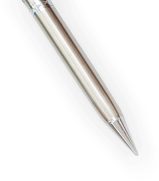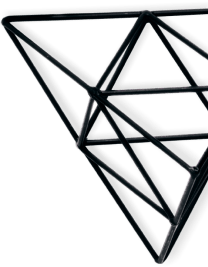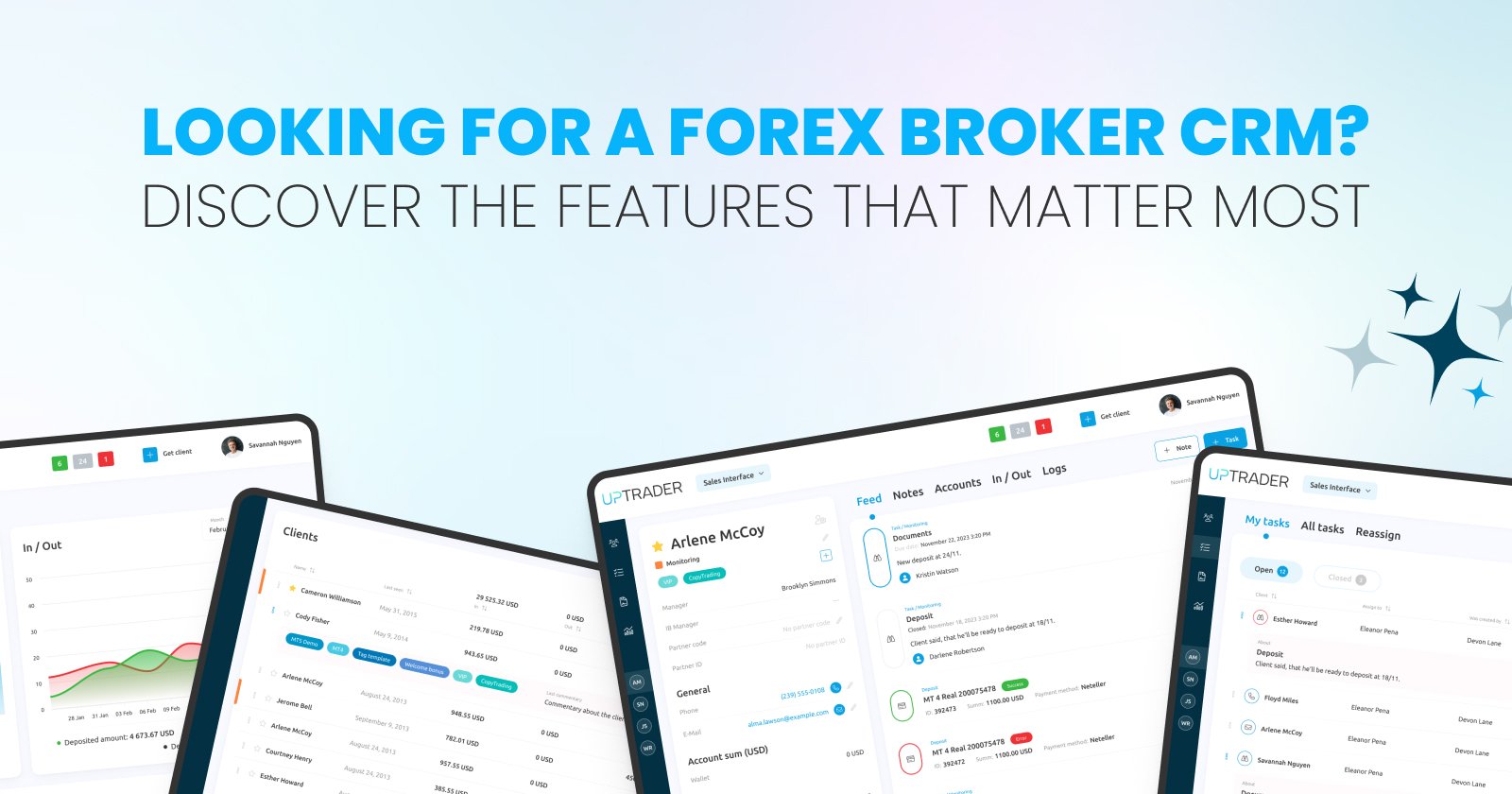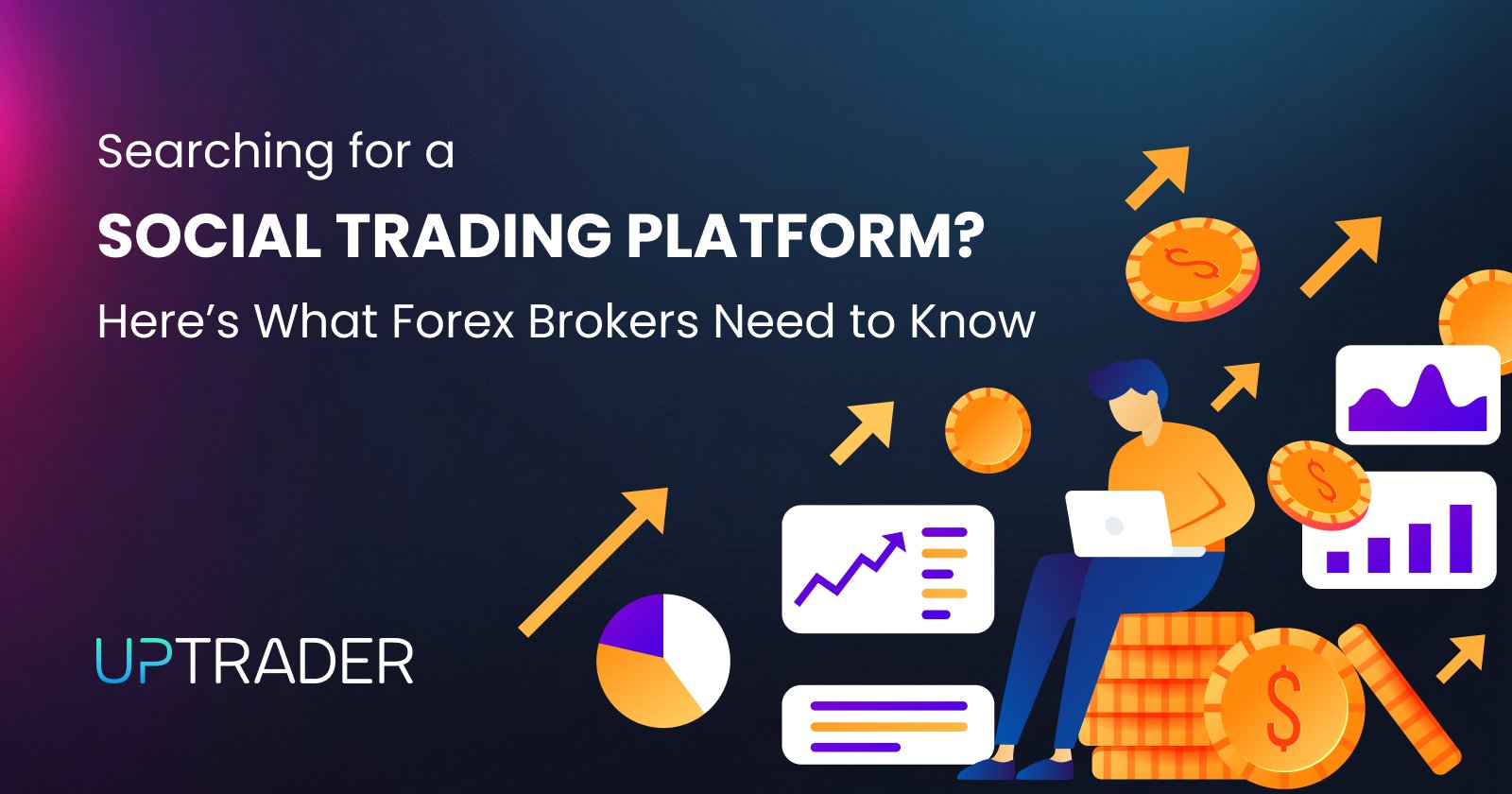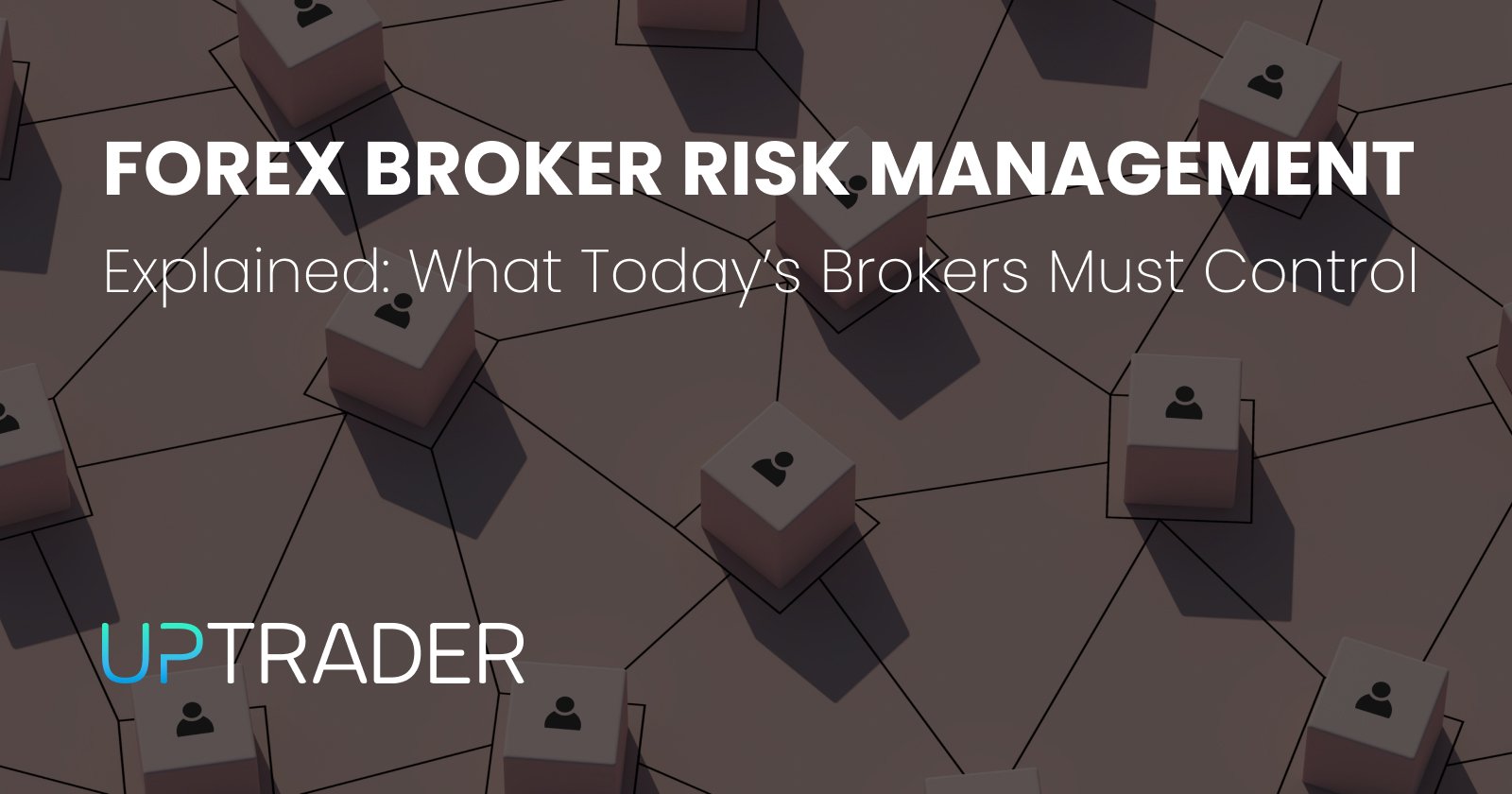Forex Broker Software vs Forex Trading Software: What’s the Difference?
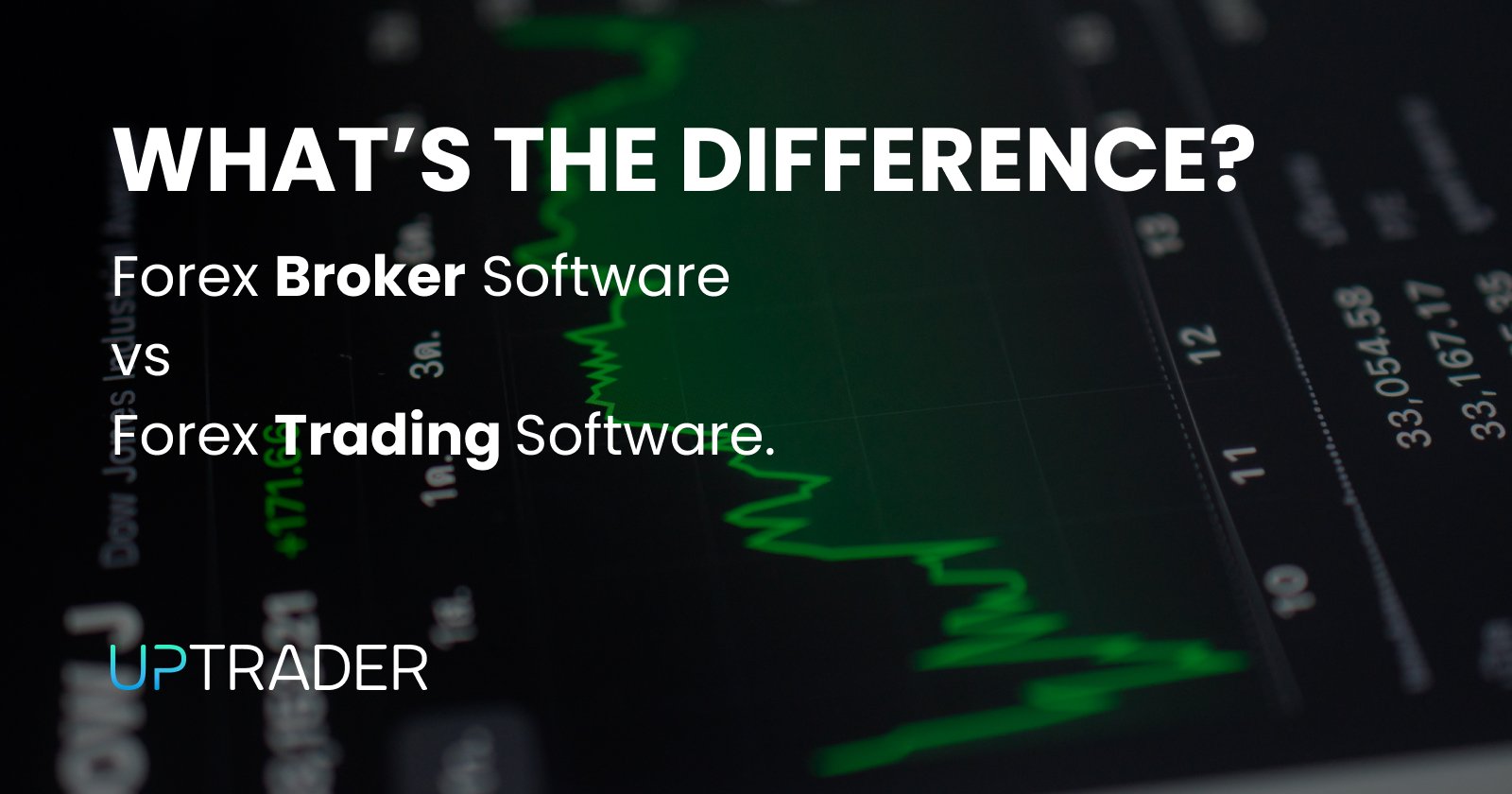
Share this publication:
In the world of Forex trading, time is money. Your tools are just as important as your strategies and software. Perhaps one of the most misunderstood topics by new traders, as well as startup brokers, is the difference between forex broker software and trading software.
At first glance, both terms sound alike since they refer to platforms used in Forex. However, they fulfill entirely different purposes and are tailored for different users.
One platform is made for trades to execute transactions with the market, while the other one deals with the entire transaction management system of the brokers.
Very simply put, what differs them from one another? Let’s find out.
What Is Forex Broker Software?
Forex broker software is what the broker uses behind the scenes. This includes everything from setting up client accounts to managing liquidity, controlling risk, and offering the actual trading platform to clients.
While traders deal with the front-end, brokers manage the back-end. This software enables the broker to operate as a business and comply with industry regulations while offering clients a seamless trading experience.
Key Features of Forex Broker Software
- Client Account Management: Brokers handle thousands of users, each with different account types, deposit histories, and verification statuses. Broker software helps manage KYC processes, compliance, onboarding, and account setup.
- Liquidity Management and Trade Routing: Depending on their model (ECN, STP, or market maker), brokers use software to route trades to liquidity providers or internal systems. This is done using a tool known as a “bridge,” which connects the trading platform to liquidity sources.
- Price Feed Customization: Brokers can set up custom spreads, commissions, and swap rates. For example, they may offer tighter spreads for VIP accounts or apply different markup strategies based on client activity.
- CRM Systems: A Customer Relationship Management (CRM) system is used to track leads, manage affiliates, automate onboarding emails, and monitor client interaction. For brokers, this is a central part of the business workflow.
- Back Office Portals: Broker software includes dashboards that provide insight into trading volumes, revenue, client performance, and compliance reports. These tools are critical for business decision-making.
- White Label Management: Larger brokers often resell their infrastructure to smaller firms. Broker software supports white-label hosting, which allows other companies to operate under their own brand using the same backend system.
Who Uses Forex Broker Software?
This software is for broker owners, support staff, compliance teams, and risk managers. It’s not meant for the average trader. Instead, it's designed for business operations, infrastructure maintenance, and legal compliance.
What Is Forex Trading Software?
Forex trading software, on the other hand, is a comprehensive tool that allows traders to analyze charts, place trades, and manage their accounts. This is a smartphone or computer application that requires internet access to enable real-time trading tasks to be performed. If you have ever worked on Trading Platform 4 or 5 and cTrader, then you have already used trading software.
This software focuses on providing traders with a user-friendly, data-rich environment where they can make informed trading decisions and execute those trades instantly.
Key Features of Forex Trading Software
- Charting Tools: Every forex trader knows that analyzing market trends is crucial. These platforms come equipped with a variety of charts, timeframes, and technical indicators such as RSI, MACD, or even Bollinger Bands, which assist traders in performing detailed market analysis.
- Order Execution: With trading platforms specializing exclusively in executing orders for buying and selling assets, one can be assured that all the trades will be performed instantaneously with no queuing. Especially during high volatility periods, prompt execution becomes indispensable to trade reliability.
- Custom Indicators and Automation: Other offered functionalities include the ability to create personal custom indicators for trading algorithms or install bots provided by other users. Trading Platform 4/5 enables fully automatic trading via so-called Expert Advisors (EAs), which are programmed under specified rules.
- Live Account and Demo Modes: While full beginners use ignorance accounts where they spend virtual money, seasoned traders have a different setup where they operate real-life accounts without spending fake money. In both cases, the platform remains unchanged, resulting in seamless switching from demo to live account.
- Portfolio and Risk Management: Directly from the platform, users can balance their accounts while tracking margin, leverage, profit and loss, as well as risk exposure.
Who Uses Forex Trading Software?
Primarily, this software is used by individual retail traders, prop firm traders, and institutional traders. Anyone who is actively executing trades in the market interacts with trading software daily. It is the user-facing tool designed for engagement, strategy, and execution.
Where the Confusion Comes From
Much of the confusion stems from the fact that some tools — like Trading Platform 4/5 — have both a client terminal and a broker server setup. A trader might download Trading Platform 4/5 and assume that’s all there is to it. But behind the scenes, the broker is running server software, a manager terminal, bridge technology, and often third-party plugins to make the whole system work.
It’s like visiting a restaurant. You see the menu and the waiter brings your food, but in the back, there’s a full kitchen, inventory system, staff schedules, and supply chain management software making it all happen.
Core Differences at a Glance
Here’s a simplified comparison between forex trading software and forex broker software.
|
Feature |
Forex Trading Software |
Forex Broker Software |
|
Primary User |
Trader |
Broker |
|
Purpose |
Trading, analysis, execution |
Business operations, liquidity, compliance |
|
Examples |
MT4/MT5 Terminal, cTrader |
MT4/MT5 Server, CRM, Bridge, Risk Dashboard |
|
Interface |
Charts, trade buttons, PnL display |
Admin dashboard, account panels, reports |
|
Focus |
User experience |
Infrastructure and control |
|
Access |
Public (via broker login) |
Private (requires licensing and setup) |
Why This Matters for Traders and Brokers
Understanding the difference isn't just useful for trivia — it’s essential for decision-making.
For traders, knowing how broker software functions can help you understand execution delays, spread changes, or slippage. These issues aren’t always due to your platform — they might be decisions made at the broker’s end using their software.
For future brokers or white-label partners, this knowledge is non-negotiable. If you're setting up a brokerage, you must understand which components you need: a server license, CRM integration, risk monitoring tools, KYC systems, and more.
And if you're comparing broker solutions, some may offer trading platforms only, while others offer complete turnkey solutions. You need to know what you’re paying for.
The Rise of All-in-One Brokerage Platforms
Today, many companies offer bundled solutions for brokers. These all-in-one SaaS platforms often include:
- A trading platform (usually white-labeled)
- CRM tools
- KYC and compliance modules
- Affiliate management systems
- Payment gateways
While these can simplify setup for new brokers, they still separate front-end trader experience from back-end broker operations. That line doesn’t go away — it just gets packaged more neatly.
Conclusion
In summary, forex trading software and forex broker software may share the same ecosystem, but they are fundamentally different tools with different users and purposes.
Trading software is built for action — it helps traders make decisions and place trades. Broker software is built for structure — it powers the systems that allow traders to operate in the first place.
If you’re a trader, you interact with the surface. If you’re a broker, you manage what’s under it. And if you're both? Then understanding this distinction isn’t optional — it’s your competitive edge.
You can implement a robust CRM (Customer Relationship Manager) solution like UpTrader to help automate tasks and bring attention to more important tasks. Talk to a consultant on our site today to get a personalized demo.
